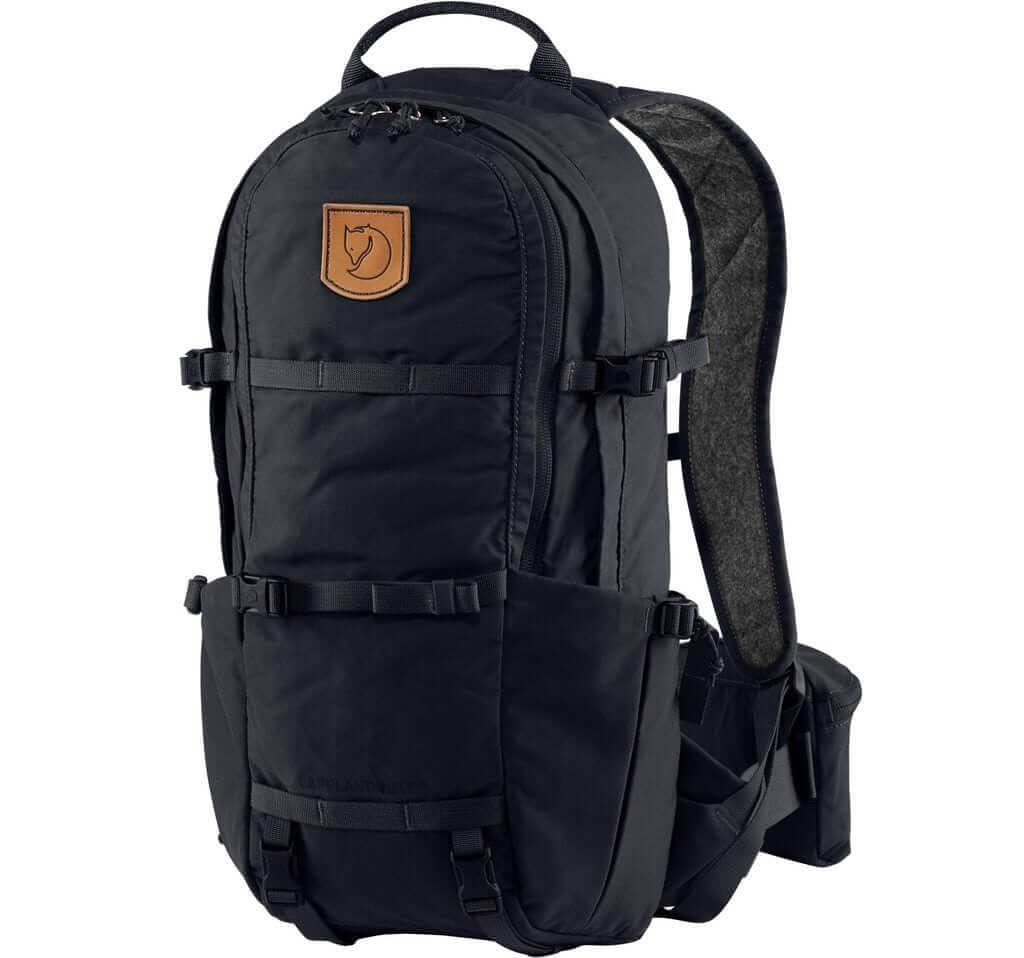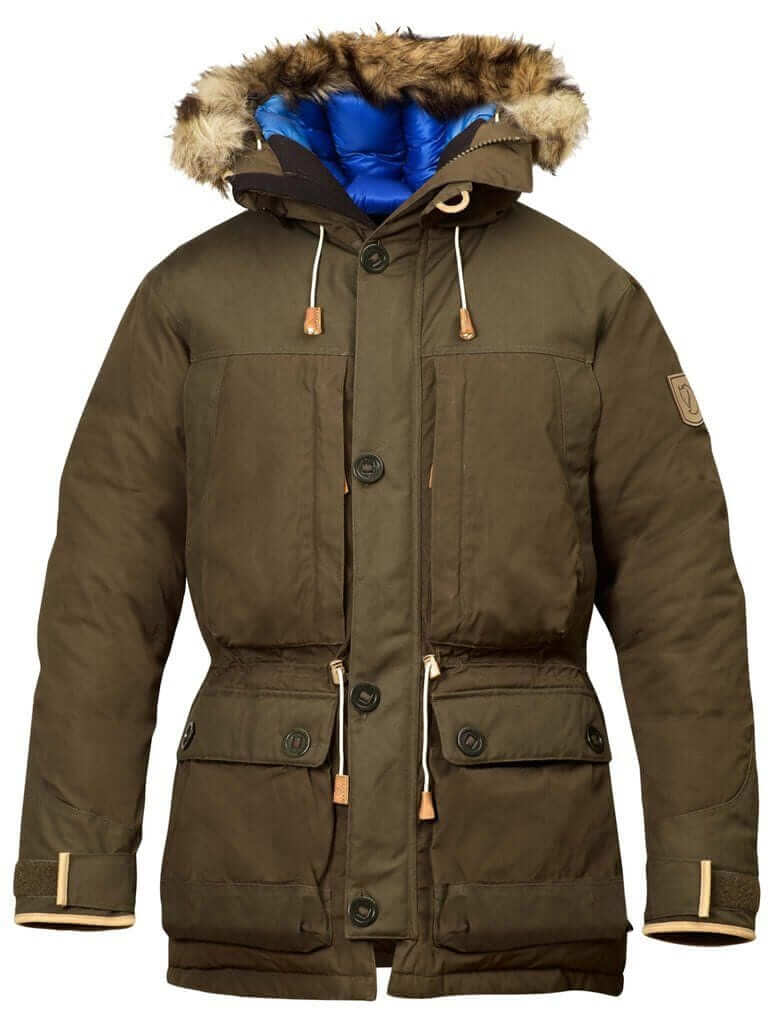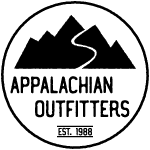Since the 1960s, when Ake Nordin of Northern Sweden first established Fjällräven, the company’s sustainability practices have attracted outdoor enthusiasts from around the world.
Nordin grew up spending most of his time outdoors, and after many miles of experience, he developed backpacks built onto a wooden frame to reduce the stain on hikers’ backs, allowing them to carry more weight with ease. The popularity of these genius backpacks quickly grew, and Fjällräven was born.

Photo Credit: fjallraven.us
Sustainability Promises
Fjällräven has spent more than 40 years upholding and fulfilling promises concerning sustainability. The company is transparent about its unique production process, using 100% traceable down. If there’s any doubt about the sustainability of a material, Fjällräven won’t use it.
Company designers evaluate the efficiency, environmental impact, and functionality of each material they purchase, choosing renewable, organic, and recycled options when possible. Buying Fjällräven products ensures that your gear is produced with quality and ethics in mind.
Fjällräven’s list of sustainable materials (which they constantly update using new information) includes organic hemp and tencel, recycled polyester, and traceable, recycled wool. All Fjällräven wool is sourced from animals that are well cared for. If you can’t find the material in nature, you won’t find it at Fjällräven.
Protecting Nature’s Finest
When it comes to sustainability, Fjällräven doesn’t just talk the talk—they walk the walk, too. The company has been working with researchers on Arctic Fox trips since the 1990s. Fjällräven is named after the Arctic Fox, a small predator that thrives in the harsh environment of the Swedish mountains. The name symbolizes everything the brand stands for, especially sustainability.
Unfortunately, Scandinavia’s Arctic Fox is in danger of extinction. Many people hunt the fox for its soft fur coat, placing it under threat.
Through Fjällräven’s resources, more people are learning about ways to help and offer equipment and donations to these expeditions. Better understanding the foxes is crucial to helping them survive.

Photo Credit: fjallraven.us
- Bergtagen: Bergtagen, one of the projects accomplished through Fjällräven sustainability, applies both traditional and innovative approaches to unite sustainability, functionality, quality, and durability. The result is an entire system of layers designed especially for mountaineering. With Fjällräven’s history in the northern mountains of Sweden, Bergtagen is tested and approved in some of the harshest environments.
- Kajka Pack: With the sustainable Kajka Pack, you can experience the simplicity, durability, and functionality of Fjällräven. This advanced trekking backpack is designed with a carrying system that can withstand very heavy weights, and it feels better with the Perfect Fit Adjustment System. This system lets you adjust the backpack to your specific body type. Not only does the pack feel good on your back, but it feels good on your conscience, too. In the manufacturing process, the sustainable wooden frame and fabric produce 90% less CO2 emissions.
- G1000 Fabric: Another sustainable project, G-1000, is tightly woven, fast drying, ventilated, and tested in some of Scandinavia’s most difficult elements and terrains. The fabric is also water and wind resistant, offering you a durable fabric that protects you in the elements and the natural resources we all love.

Photo Credit: fjallraven.us
Fjällräven Sustainability at Appalachian Outfitters
Today, Fjällräven is known around the world—even in northeastern Ohio! Visit Appalachian Outfitters today to support sustainability and Fjällräven’s mission!

